Home>Articles>When Attaching An Electrical Cord To An Appliance You Must Use A Cord Restraint
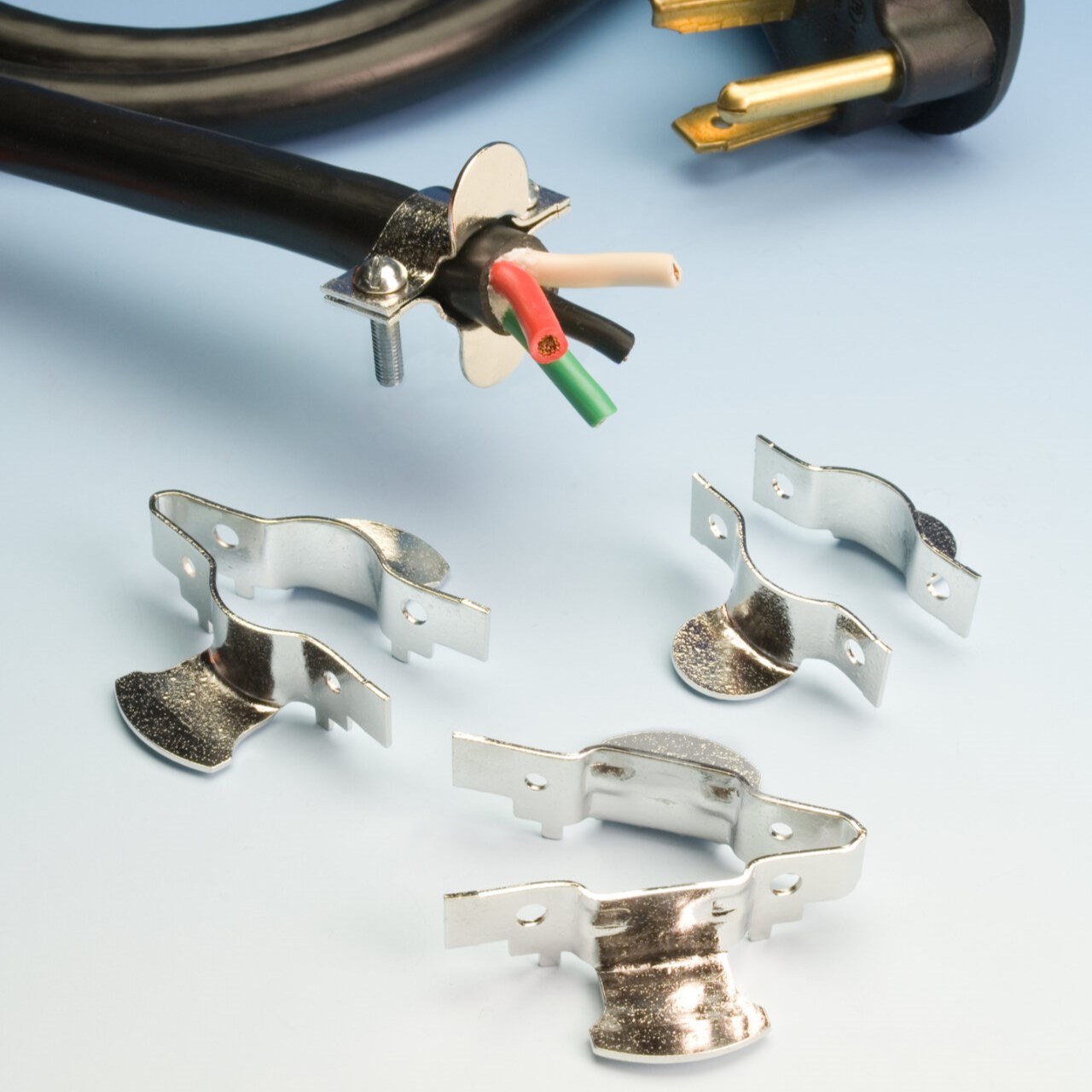

Articles
When Attaching An Electrical Cord To An Appliance You Must Use A Cord Restraint
Modified: February 22, 2024
Discover the importance of using a cord restraint when attaching an electrical cord to an appliance. Read our informative articles on electrical safety.
(Many of the links in this article redirect to a specific reviewed product. Your purchase of these products through affiliate links helps to generate commission for Storables.com, at no extra cost. Learn more)
Introduction: Importance of using a cord restraint when attaching an electrical cord to an appliance
When it comes to the safe and efficient operation of electrical appliances, the importance of properly securing the electrical cords cannot be overstated. Attaching an electrical cord to an appliance without a cord restraint can lead to a variety of hazards and potential accidents.
A cord restraint, also known as a cord grip or cable clamp, is a device specifically designed to securely hold and fasten an electrical cord to an appliance. Its primary purpose is to prevent the cord from becoming loose, disconnected, or tangled during use, ensuring both the safety of the user and the proper functioning of the appliance.
Using a cord restraint provides numerous benefits, including enhanced safety, improved organization, and reduced wear and tear on the electrical cord. This simple yet essential device plays a crucial role in maintaining a hazard-free environment and preventing accidents associated with loose or damaged cords.
Without a cord restraint, electrical cords can easily become tripping hazards, especially in busy workspaces or areas with foot traffic. Loose cords can also get entangled in moving parts of appliances, leading to damage, malfunction, or even electrical fires.
Furthermore, loose or poorly secured electrical cords pose a significant risk of electrical shock or injury if accidentally pulled or yanked. By utilizing a cord restraint, users can minimize the chances of accidental disconnection or exposure to live wires, ensuring a safer working or living environment.
It is essential to recognize that even small appliances with short cords can benefit from the use of cord restraints. Whether it is a kitchen appliance, computer equipment, power tools, or any other electrical device, proper cord management is crucial for both safety and longevity.
In the following sections, we will delve into a deeper understanding of cord restraints, the different types available, proper attachment methods, maintenance tips, compliance with safety standards, and more. By exploring these key aspects, we aim to empower users with the knowledge and awareness necessary to take the necessary precautions when attaching electrical cords to appliances.
Key Takeaways:
- Properly securing electrical cords to appliances using cord restraints is crucial for safety, preventing accidents, and ensuring optimal appliance functionality.
- Compliance with safety standards and regulations for cord restraints is essential to create a safe working environment and avoid legal consequences.
Understanding Cord Restraints: Definition and purpose of a cord restraint | How cord restraints help in securing electrical cords to appliances
A cord restraint, also known as a cord grip or cable clamp, is a device specifically designed to secure an electrical cord to an appliance. Its primary purpose is to prevent the cord from becoming loose, disconnected, or tangled during use.
These simple yet effective devices consist of a gripping mechanism that holds the cord firmly in place, ensuring a secure attachment to the appliance. Cord restraints are typically made of durable materials such as plastic, rubber, or metal, which provide both strength and flexibility.
One of the main benefits of using a cord restraint is the prevention of accidental disconnection. By firmly securing the cord to the appliance, it reduces the risk of the cord becoming unplugged or detached due to unintentional pulling, tugging, or movement.
Cord restraints also help to prevent cords from becoming tangled or twisted, which can lead to damage, wear, and potential electrical hazards. By keeping the cord organized and free from knots or twists, it ensures smooth operation and prolongs the lifespan of the cord.
Moreover, cord restraints play a crucial role in maintaining a neat and clutter-free environment. By properly managing the cords and keeping them securely fastened, it reduces tripping hazards and creates a more organized and efficient workspace.
Another advantage of using cord restraints is their ability to relieve strain on the cord itself. The gripping mechanism distributes the tension evenly along the length of the cord, preventing excessive tension at the point of connection to the appliance. This helps to prevent fraying, stretching, or damage to the cord, ensuring its longevity.
Furthermore, cord restraints allow for easy adjustment and repositioning of the electrical cord when needed. They provide a secure hold without permanently altering or damaging the cord, allowing users to adapt its length or position based on their requirements.
Overall, cord restraints are essential accessories for safely and securely attaching electrical cords to appliances. They provide peace of mind, improve safety, prevent accidents and damage, and promote efficient cord management. By utilizing cord restraints, users can enjoy a safer and more organized environment while ensuring the optimal performance and lifespan of their electrical appliances.
Safety Considerations: Potential hazards and dangers of not using a cord restraint | Common accidents and incidents caused by loose electrical cords | Importance of preventing trips, falls, and electrical shocks
Not using a cord restraint when attaching an electrical cord to an appliance can lead to a variety of potential hazards and accidents. Understanding the risks associated with loose cords is crucial for maintaining a safe working or living environment.
One of the primary dangers of not using a cord restraint is the increased risk of trips and falls. Loose cords lying on the floor can easily become a hazard, especially in busy areas or spaces with foot traffic. Individuals may accidentally trip over the cord, resulting in injuries such as sprains, fractures, or head trauma.
In addition to trips and falls, loose electrical cords pose a risk of electrical shocks or electrocution. If a cord becomes dislodged or disconnected while in use, the exposed wires can come into contact with other objects, surfaces, or even individuals. This can result in electric shocks, burns, or even fatal injuries.
Furthermore, loose or dangling cords can become entangled in moving parts of appliances, such as wheels, blades, or gears. This can cause the appliance to malfunction, leading to damage, breakage, or even accidents. In industrial settings or workshops with heavy machinery, loose cords can pose an even greater risk to both the equipment and the workers.
Common accidents and incidents caused by loose electrical cords include pulling objects off surfaces, accidentally disconnecting vital equipment, damaging appliances or equipment due to tripping or dragging the cord, and even causing fires if the cords come in contact with heat sources or flammable materials.
Preventing trips, falls, and electrical shocks is of utmost importance to ensure the safety of individuals and protect valuable equipment. Using a cord restraint is an effective way to address these concerns and minimize the likelihood of accidents.
A cord restraint securely holds the electrical cord in place, preventing it from becoming a tripping hazard or accidentally getting pulled or yanked. It keeps the cord organized and out of the way, reducing the risk of individuals stumbling over it or causing equipment damage.
Moreover, a cord restraint helps to maintain a clear and unobstructed path, allowing for safe movement within the workspace or living area. By eliminating loose cords, it provides a safer environment and promotes good housekeeping practices.
By preventing trips, falls, and electrical shocks through the use of cord restraints, individuals can significantly reduce the risk of accidents and injuries. Incorporating the practice of securing electrical cords with cord restraints is a fundamental step towards ensuring a safe and hazard-free environment for everyone.
Types of Cord Restraints: Overview of different types of cord restraints available | Details on cord clips, hooks, and other securing devices | Pros and cons of each type of cord restraint
When it comes to cord restraints, there are various types available to suit different needs and preferences. Each type of cord restraint offers unique features and benefits. Understanding the options can help users choose the most suitable cord restraint for their specific requirements.
One of the most common types of cord restraints is the cord clip. Cord clips are small plastic or metal devices that securely hold the electrical cord in place. They are typically attached to the back or underside of an appliance or surface, providing a stable and secure attachment point for the cord.
Cord clips are easy to install and remove, making them convenient for rearranging cords or replacing appliances. They are also cost-effective and widely available. However, they may have limited capacity for thicker or heavier cords, and they may not be as visually appealing as other cord restraint options.
Cord hooks are another popular choice for securing electrical cords. These hooks are typically made of plastic or metal and are designed to be mounted on walls, surfaces, or furniture. The cord is looped over the hook, creating a tidy and secure hold.
Cord hooks offer excellent versatility as they can be placed at the desired height and position along the cord’s length. They are ideal for managing long or multiple cords and can help keep cords organized and easily accessible. However, they may require drilling or mounting, making them a more permanent option.
Another type of cord restraint is the cord sleeve or cable management sleeve. This is a flexible tube or sleeve that encloses the entire length of the electrical cord, providing a clean and organized appearance. Cord sleeves are typically made of nylon or fabric material, which allows for easy insertion and removal of cords.
By containing the cords within the sleeve, they offer protection against tangling, abrasion, and wear. Cord sleeves are also ideal for concealing cords, creating a clutter-free and visually appealing environment. However, they may be less suitable for constantly repositioning cords or appliances as the sleeve needs to be adjusted accordingly.
It is important to consider the pros and cons of each type of cord restraint before making a decision. Cord clips are simple to use and budget-friendly, but may have limitations in terms of cord thickness and aesthetics. Cord hooks offer flexibility and accessibility, but may require drilling or mounting. Cord sleeves provide full cord protection and a streamlined look, but may be less adjustable.
Ultimately, the choice of cord restraint will depend on factors such as cord thickness, length, location, and personal preference. It is recommended to assess the specific needs and requirements and select the most suitable cord restraint for optimal cord management and safety.
When attaching an electrical cord to an appliance, always use a cord restraint to prevent the cord from being accidentally pulled out or damaged. This will help ensure the safety and proper functioning of the appliance.
Proper Attachment Method: Step-by-step guide for correctly attaching an electrical cord to an appliance using a cord restraint | Safety precautions to take during the attachment process | Ensuring a secure and snug fit of the cord restraint
Attaching an electrical cord to an appliance using a cord restraint requires proper technique to ensure a secure and reliable connection. Here is a step-by-step guide to help you correctly attach an electrical cord to an appliance using a cord restraint.
- Gather the necessary materials: You will need the electrical cord, the appliance, and the appropriate cord restraint device such as a cord clip, hook, or sleeve.
- Ensure electrical safety: Before starting the attachment process, ensure that the appliance is unplugged and turned off. This helps to prevent any potential electrical shocks or accidents.
- Inspect the cord and the appliance: Check the electrical cord for any signs of damage, such as fraying, cuts, or exposed wires. Similarly, inspect the appliance’s cord attachment area for any damage or obstructions.
- Position the cord restraint: Determine the ideal location for attaching the cord restraint on the appliance. Consider factors such as accessibility, cord length, and aesthetic preferences.
- Attach the cord restraint: Follow the manufacturer’s instructions for the specific cord restraint device. For cord clips or hooks, securely fasten them to the appliance by pressing or screwing them into place. For cord sleeves, carefully thread the electrical cord through the sleeve, ensuring it is fully enclosed.
- Insert the electrical cord: Insert the end of the electrical cord into the cord restraint device, whether it’s a clip, hook, or sleeve. Make sure the cord is fully inserted and properly seated within the restraint.
- Secure the cord restraint: Depending on the type of cord restraint used, ensure it is properly fastened or secured. This may involve tightening screws, adjusting straps, or confirming the cord is snugly held within the restraint.
- Check the connection: Double-check the attachment to ensure the electrical cord is securely held in place. Gently tug on the cord to verify its stability. If the cord restraint allows for adjustment, ensure the cord is neither too loose nor too tight.
Throughout the attachment process, it is essential to take certain safety precautions to prevent accidents or injuries:
- Always handle electrical cords with dry hands.
- Avoid bending or twisting the electrical cord excessively, as it could cause internal damage.
- Make sure the cord restraint device does not interfere with the appliance’s functionality or air circulation.
- Ensure that the cord is not stretched to the point of strain, as this could lead to damage or disconnection.
- Regularly inspect the cord and the cord restraint for any signs of wear, damage, or loosening.
By following these steps and taking the necessary safety precautions, you can ensure a secure and reliable attachment of the electrical cord to the appliance using a cord restraint. This promotes a safe working or living environment, preventing any potential accidents or damage caused by loose or improperly connected cords.
Maintenance and Inspection: Regular inspection of cord restraints and electrical cords | Proper cleaning and maintenance of the cord restraint | Signs of wear or damage that indicate the need for replacement
Maintaining and regularly inspecting cord restraints and electrical cords is essential for ensuring their longevity, functionality, and safety. By following proper cleaning and maintenance practices, as well as conducting routine inspections, you can identify any potential issues and take appropriate action. Here are some guidelines to help you with cord restraint and cord maintenance:
Regular inspection: Schedule periodic inspections of your cord restraints and electrical cords to identify any signs of wear, damage, or loosening. Inspect the cord restraint device (such as clips, hooks, or sleeves) for any cracks, fraying, or loosening, which can compromise its performance and effectiveness.
Proper cleaning: Depending on the type of cord restraint, cleaning methods may vary. For cord clips or hooks, use a damp cloth to wipe away any debris or dust. Avoid using harsh chemicals or abrasive cleaners that can damage the restraint’s surface. For cord sleeves, follow the manufacturer’s instructions for cleaning.
Maintenance of the cord restraint: Ensure that the cord restraint is securely attached to the appliance. Check for any signs of wear or deterioration, and if necessary, tighten screws or straps to maintain a proper grip. Follow any maintenance guidelines provided by the manufacturer to ensure the longevity and functionality of the cord restraint.
Signs of wear or damage: It is crucial to be vigilant for any signs of wear, damage, or degradation in both the cord restraint and electrical cord. Some common signs to watch for include frayed or exposed wires on the cord, cracks or breaks in the cord restraint, or a loose or insecure attachment. These signs indicate that immediate action is required, such as replacing the cord restraint or repairing or replacing the electrical cord.
It is important to address any wear or damage promptly to prevent potential accidents or hazards. Overlooking signs of wear or damage can lead to electrical malfunctions, unsafe working or living conditions, or even electrical fires.
If you notice any signs of wear or damage during inspection or cleaning, it is recommended to take the necessary steps to rectify the situation. This may involve replacing the cord restraint device, repairing or replacing the electrical cord, or seeking professional assistance if needed.
By incorporating regular inspections and proper maintenance practices, you can ensure the longevity and safety of both the cord restraints and electrical cords. This proactive approach to maintenance helps to prevent accidents, ensures the optimal performance of appliances, and contributes to a safe and well-functioning environment.
Compliance with Safety Standards: Discussion on relevant safety standards and regulations related to cord restraints | Understanding the legal requirements for using cord restraints | Importance of compliance to ensure a safe working environment
When it comes to using cord restraints, it is crucial to understand and comply with relevant safety standards and regulations to ensure a safe working environment. Various organizations and authorities have developed guidelines specifically aimed at promoting the safe use of electrical cords and appliances. Here is a discussion on the importance of compliance and relevant safety standards:
Relevant safety standards and regulations: In many countries, safety standards and regulations are in place to govern the use of electrical cords and appliances. These standards may specify requirements for cord restraint devices, electrical cord construction, labeling, and other safety-related aspects.
For example, in the United States, the Occupational Safety and Health Administration (OSHA) provides guidelines and regulations aimed at ensuring workplace safety, including the proper use of electrical cords. The National Electrical Code (NEC) sets specific guidelines and requirements for electrical installations and cord management.
Legal requirements: Depending on the jurisdiction and the nature of the environment (e.g., workplaces, commercial settings, residential areas), there may be legal requirements in place for using cord restraints. These legal requirements are designed to enforce certain safety measures and prevent accidents and injuries.
It is essential to familiarize yourself with the specific legal requirements relevant to your location and industry. This may involve consulting local building codes, electrical safety regulations, or contacting relevant authorities for guidance.
Importance of compliance: Compliance with safety standards and regulations is paramount to ensuring a safe working environment. Using cord restraints that meet the required safety standards and following proper cord management practices reduce the risk of accidents, electrical shocks, fires, and property damage.
Compliance with safety standards helps to create a culture of safety, making it easier to identify and address potential hazards. It demonstrates a commitment to providing a safe working environment for employees and visitors, minimizing the chances of injuries or accidents related to electrical cords.
Moreover, non-compliance with safety standards can result in legal consequences, fines, penalties, and damage to an individual or organization’s reputation. By diligently adhering to the applicable safety standards, organizations can avoid legal issues, ensure regulatory compliance, and maintain a positive public image.
It is vital to stay updated on any updates or changes to safety standards and regulations related to cord restraints. Regularly review and assess your cord management practices, ensuring that they align with the latest guidelines and recommendations.
By prioritizing compliance with safety standards and regulations, individuals and organizations can foster a safe working environment, protect assets, and promote the well-being of all stakeholders involved.
Conclusion: Recap of the key points discussed in the article | Final thoughts on the importance of using a cord restraint when attaching an electrical cord to an appliance
In conclusion, using a cord restraint when attaching an electrical cord to an appliance is of utmost importance for several reasons.
We began by acknowledging the importance of properly securing electrical cords to appliances using cord restraints. By preventing cords from becoming loose, disconnected, or tangled, cord restraints play a vital role in ensuring the safety of users and the optimal functioning of appliances.
We discussed the different types of cord restraints available, including cord clips, hooks, and cord sleeves. Each type offers unique features and benefits, allowing users to choose the most suitable option based on their specific needs and preferences.
Safety considerations were highlighted, emphasizing the potential hazards and dangers of not using a cord restraint. Loose electrical cords can lead to trips, falls, and electrical shocks, posing a risk to individuals and equipment. By utilizing cord restraints, users can mitigate these risks and create a safer environment.
The proper attachment method was outlined through a step-by-step guide, ensuring a secure and reliable connection between the electrical cord and the appliance. Safety precautions were also emphasized, including handling cords with dry hands and avoiding excessive bending or twisting.
Maintenance and inspection were discussed, emphasizing the importance of regularly inspecting cord restraints and electrical cords for wear, damage, or loosening. Proper cleaning and maintenance practices were highlighted, along with signs of wear or damage that indicate the need for replacement.
Additionally, the article touched on compliance with safety standards and regulations. Understanding and adhering to relevant guidelines and legal requirements are crucial for creating a safe working environment and avoiding potential legal consequences.
In conclusion, using a cord restraint when attaching an electrical cord to an appliance is not only a matter of compliance but also a matter of safety. It reduces the risk of accidents, injuries, and damage caused by loose cords. Proper cord management, including the use of cord restraints, promotes a safe and organized environment and contributes to the efficient operation of appliances.
By prioritizing the proper attachment of electrical cords with cord restraints, individuals and organizations demonstrate their commitment to safety, compliance, and the well-being of all stakeholders. Let us remember the importance of using cord restraints and make it a standard practice in our daily lives and workplaces.
Frequently Asked Questions about When Attaching An Electrical Cord To An Appliance You Must Use A Cord Restraint
Was this page helpful?
At Storables.com, we guarantee accurate and reliable information. Our content, validated by Expert Board Contributors, is crafted following stringent Editorial Policies. We're committed to providing you with well-researched, expert-backed insights for all your informational needs.
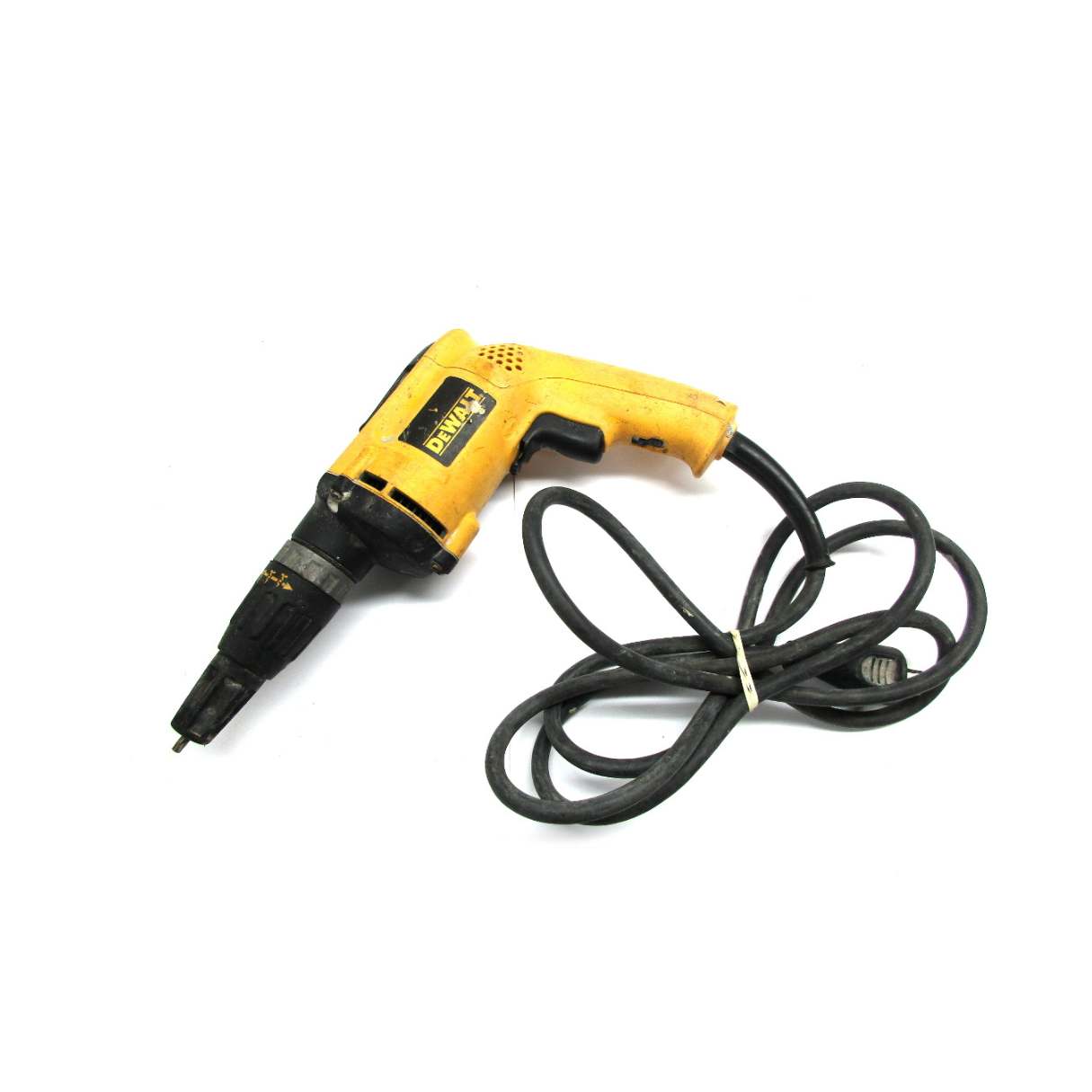
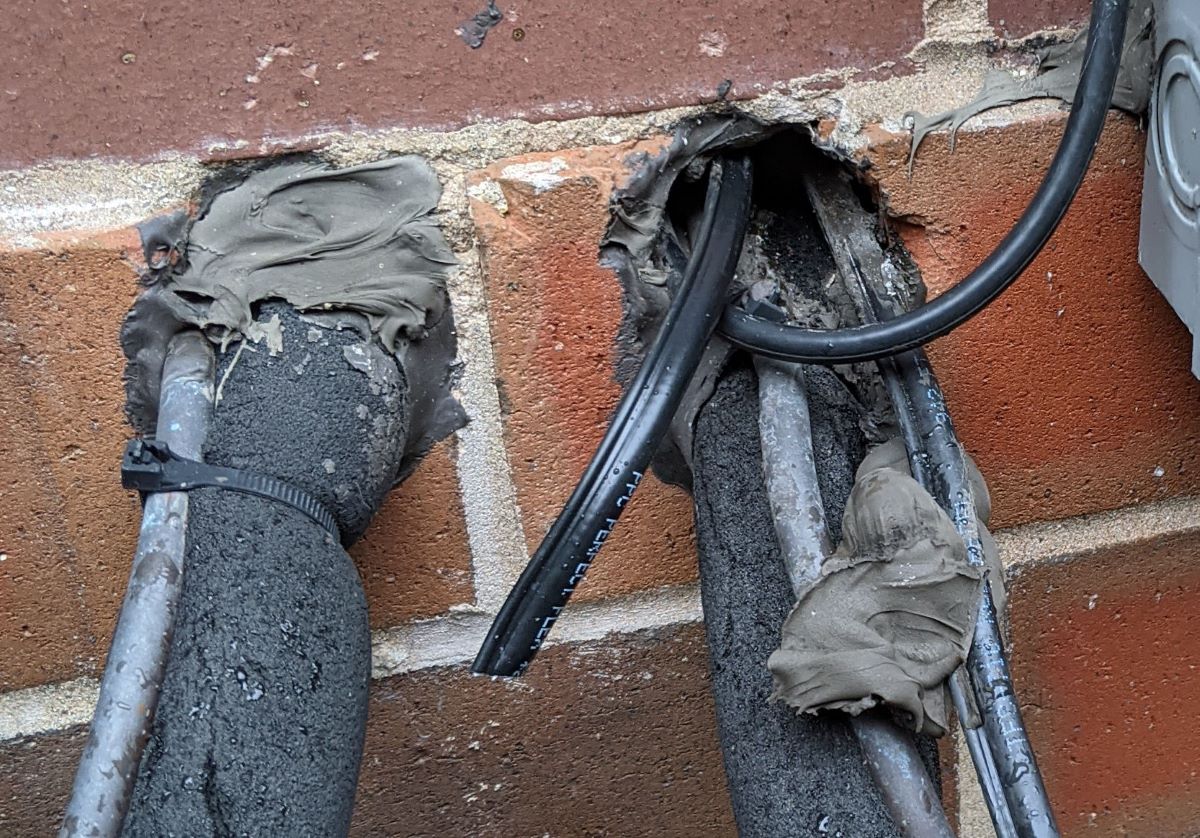
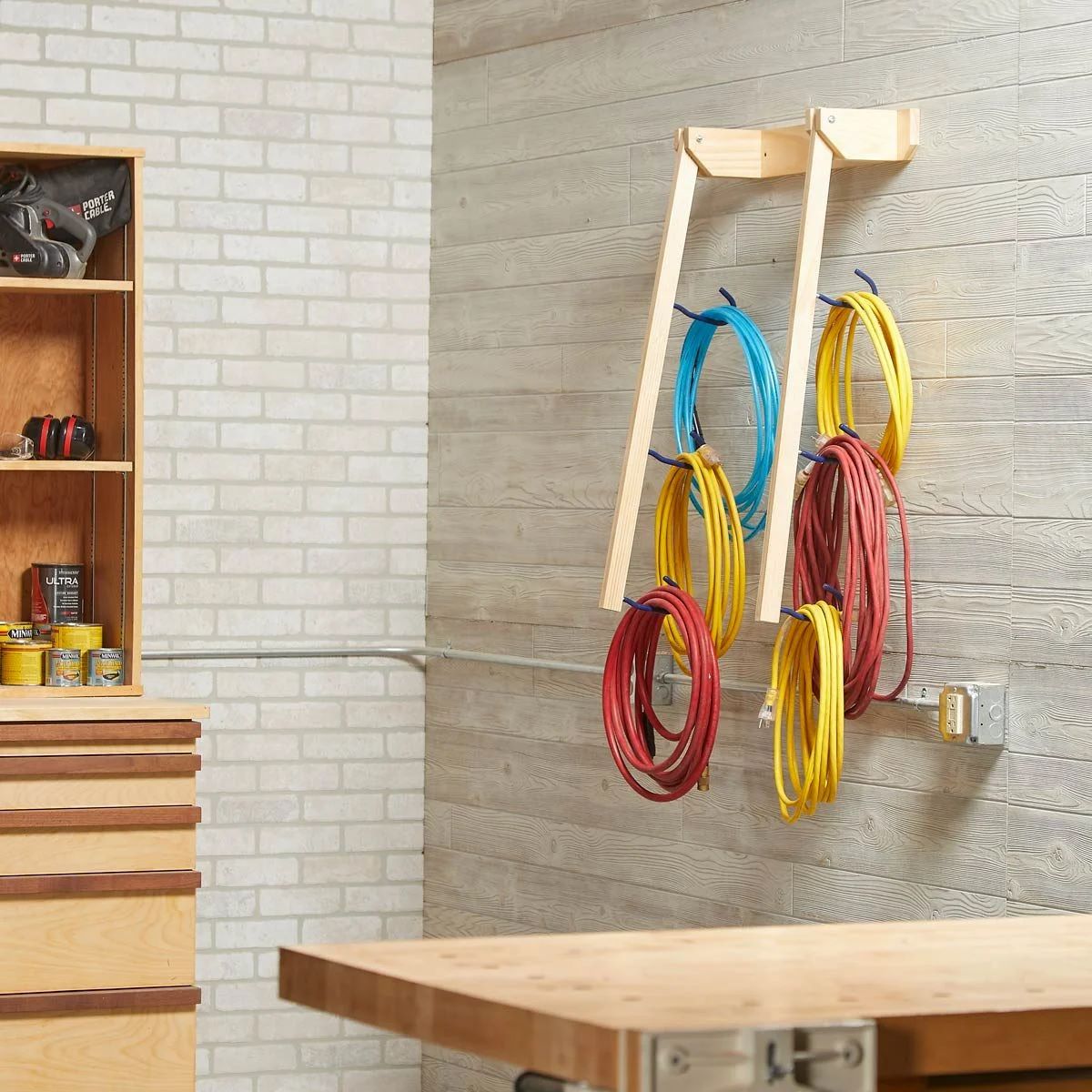
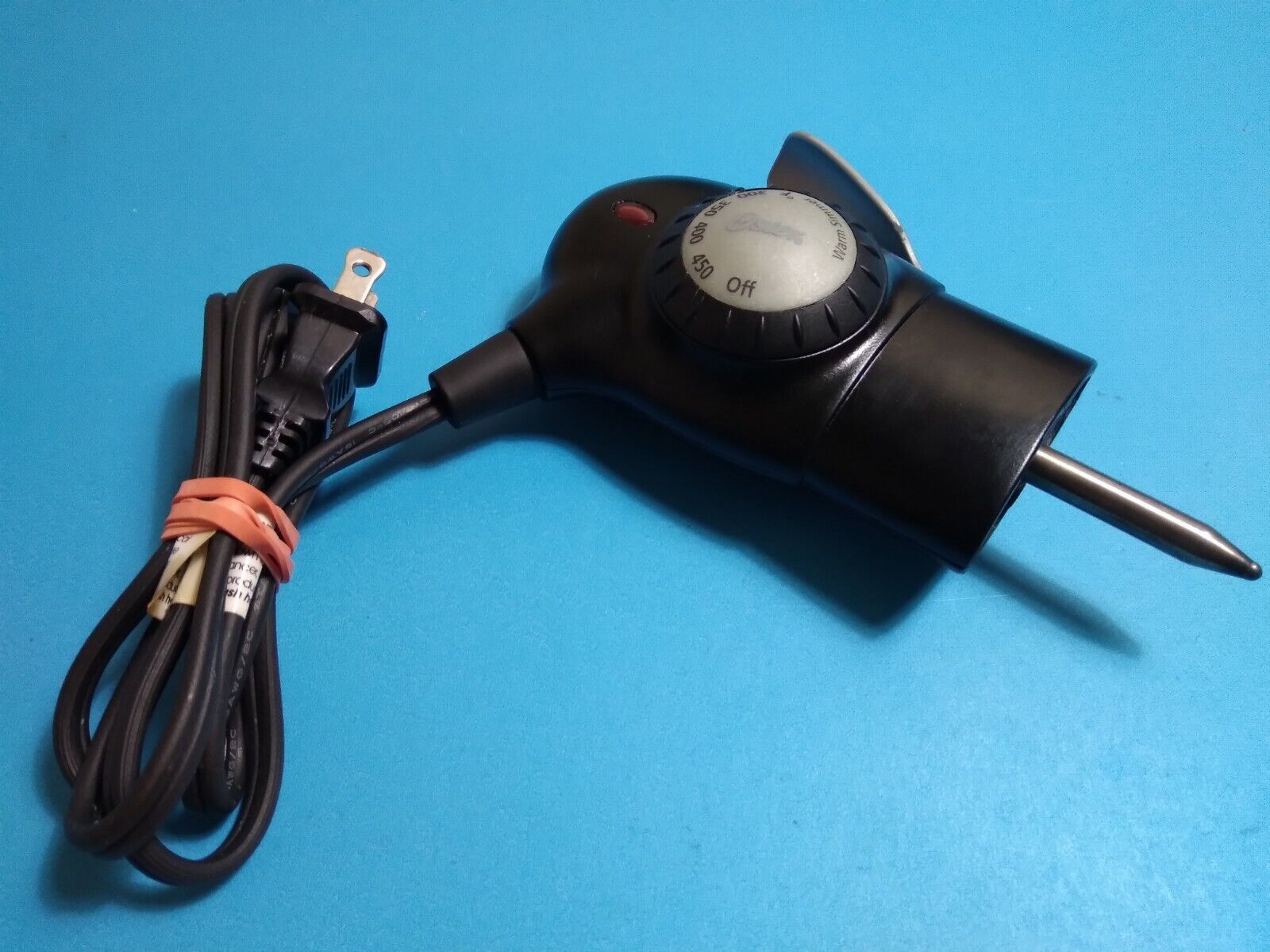
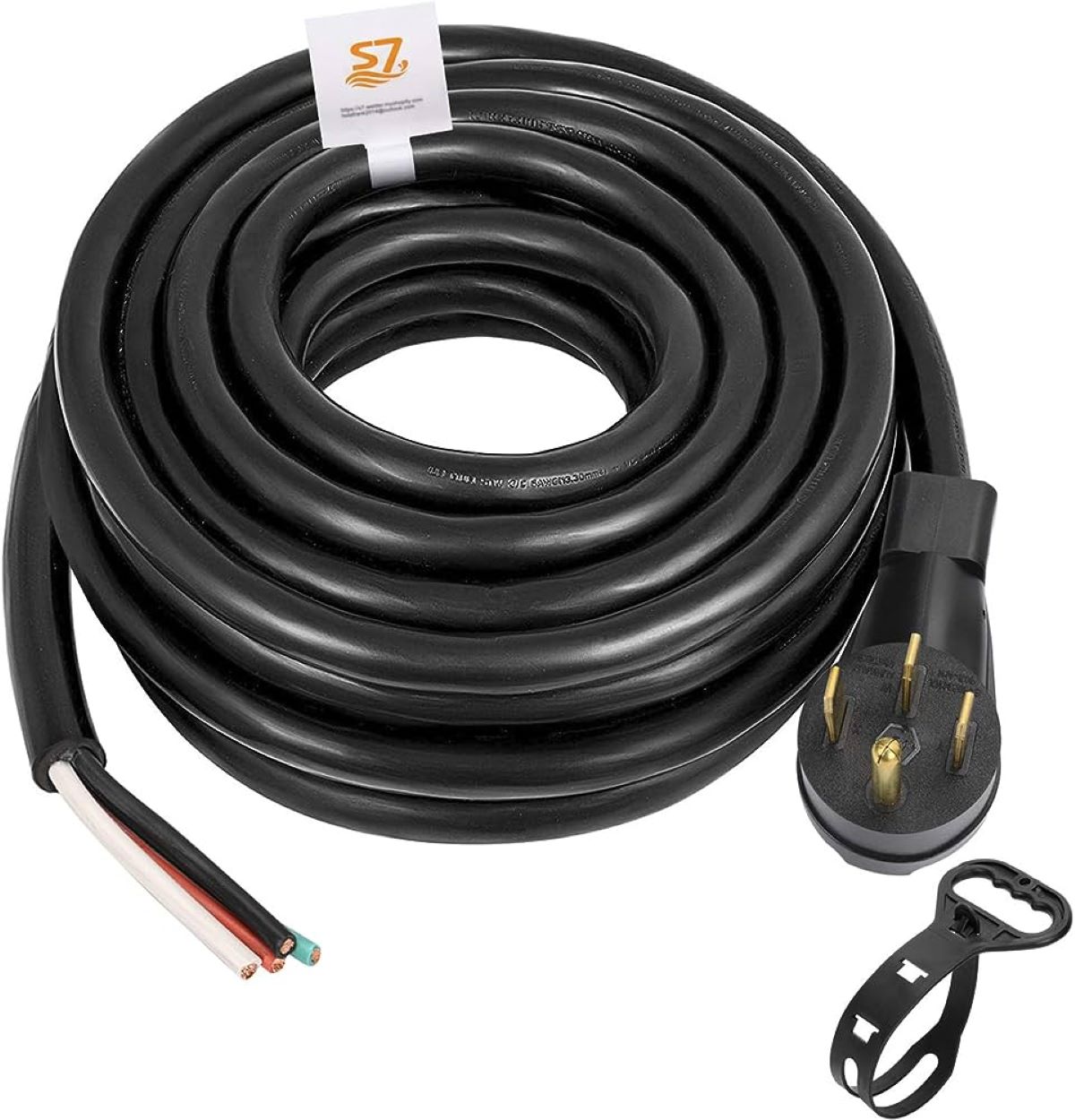
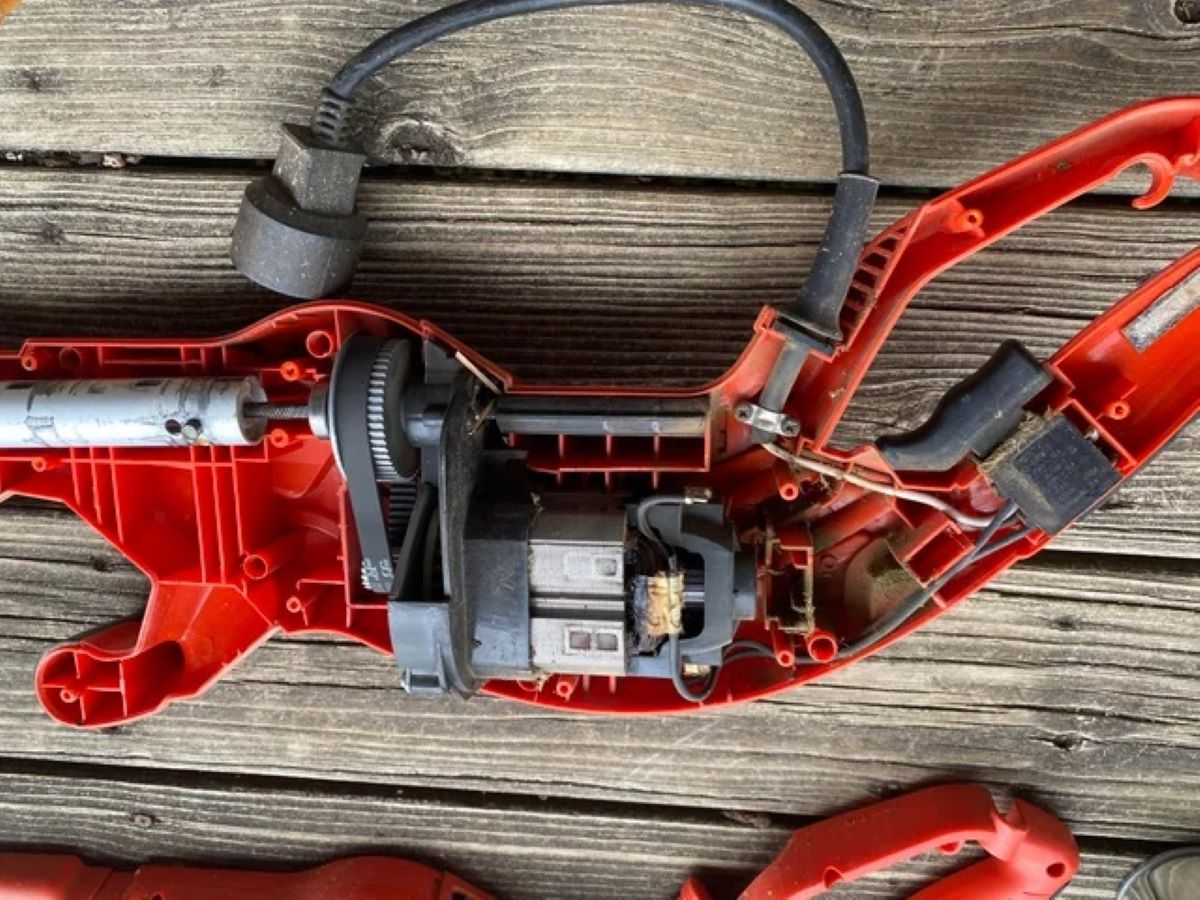

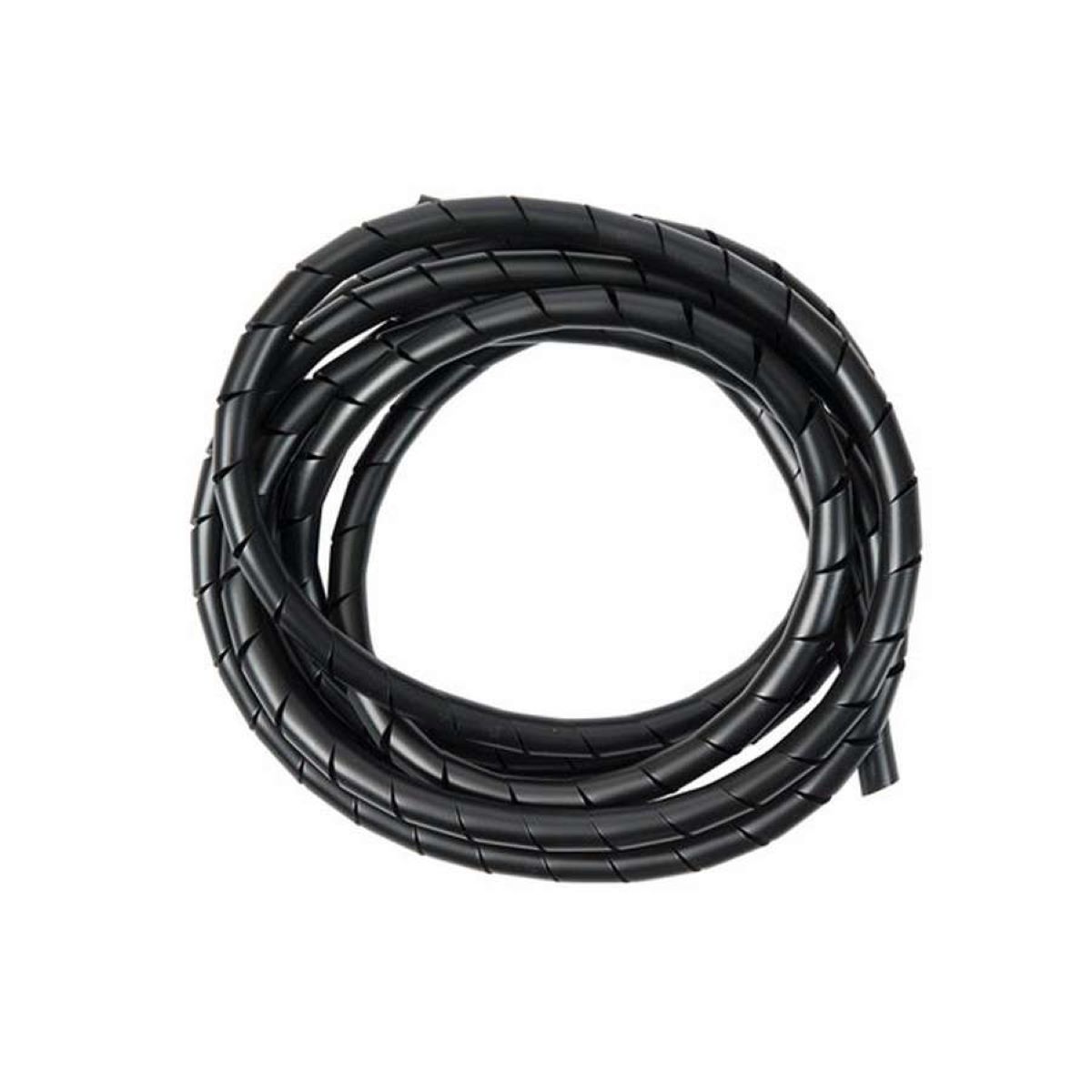
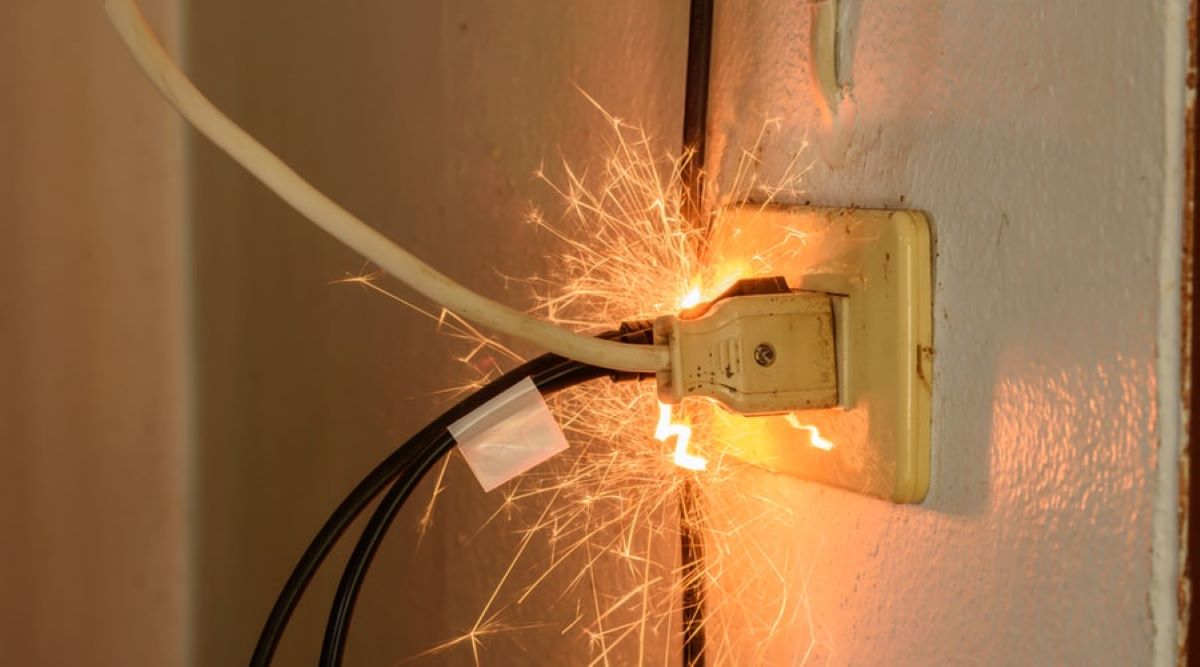
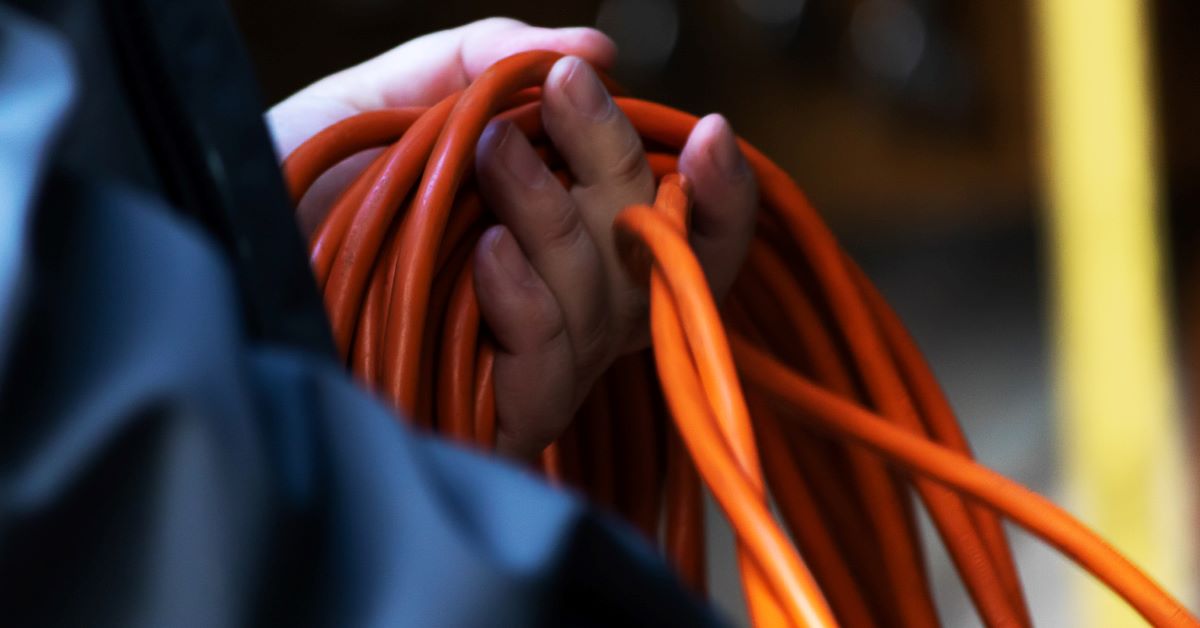
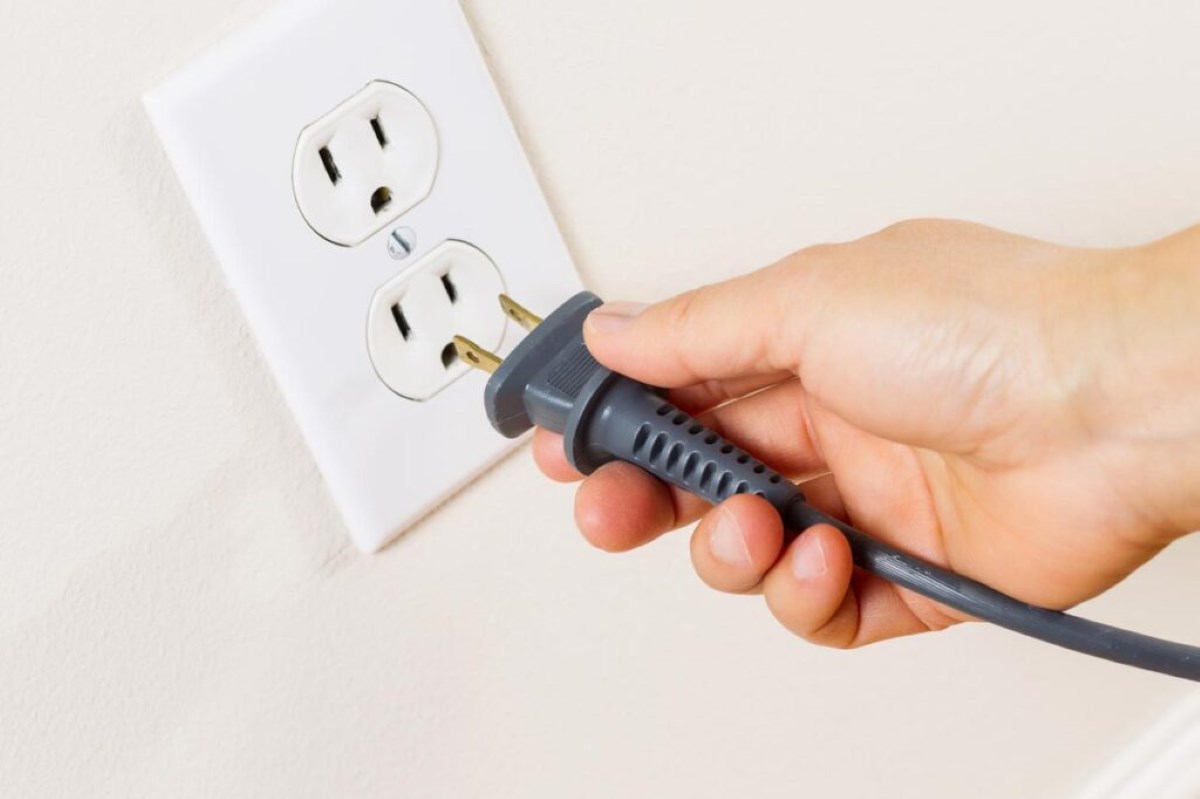
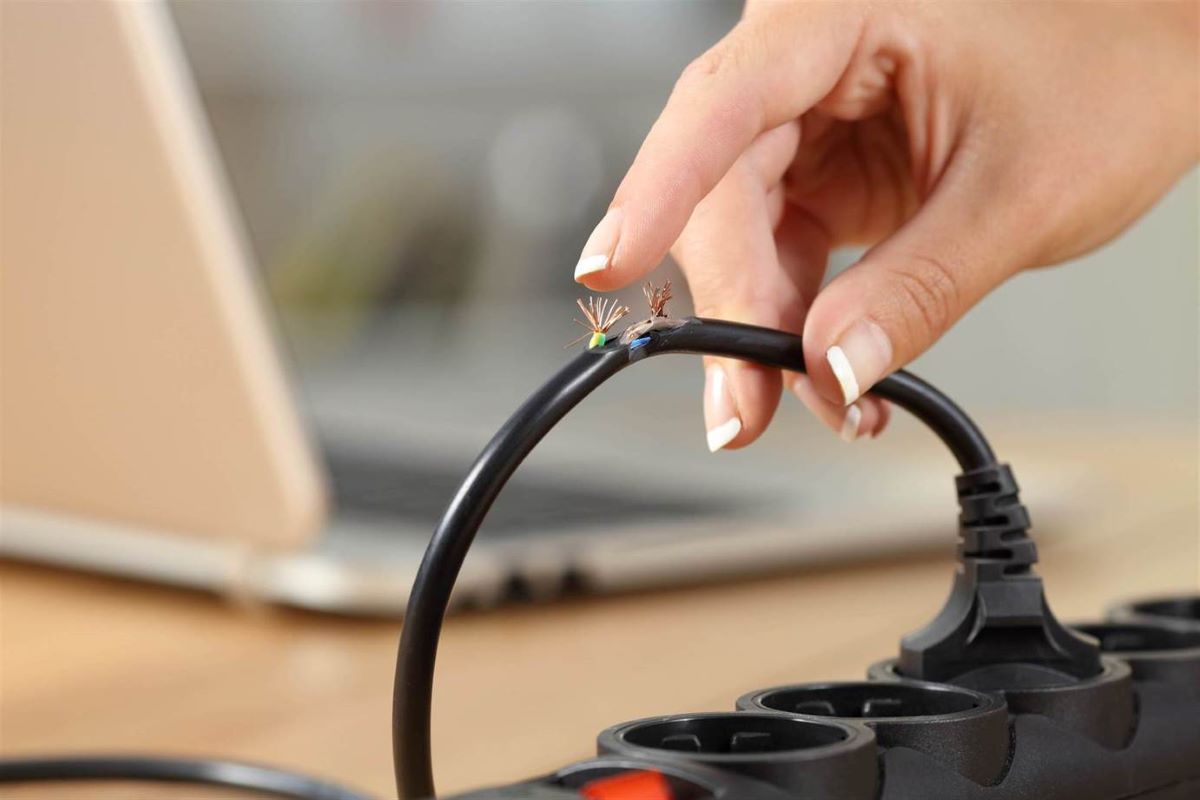
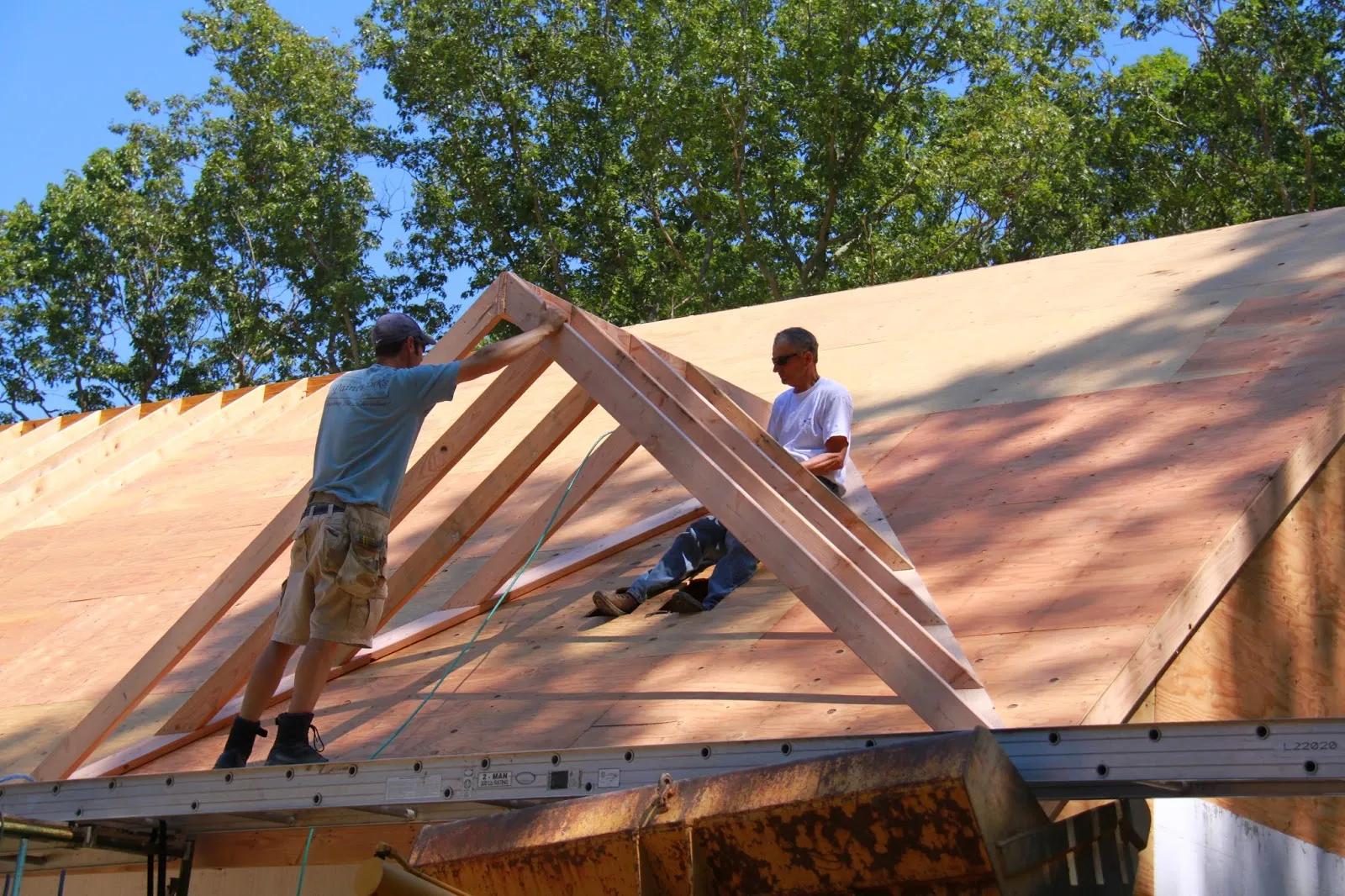
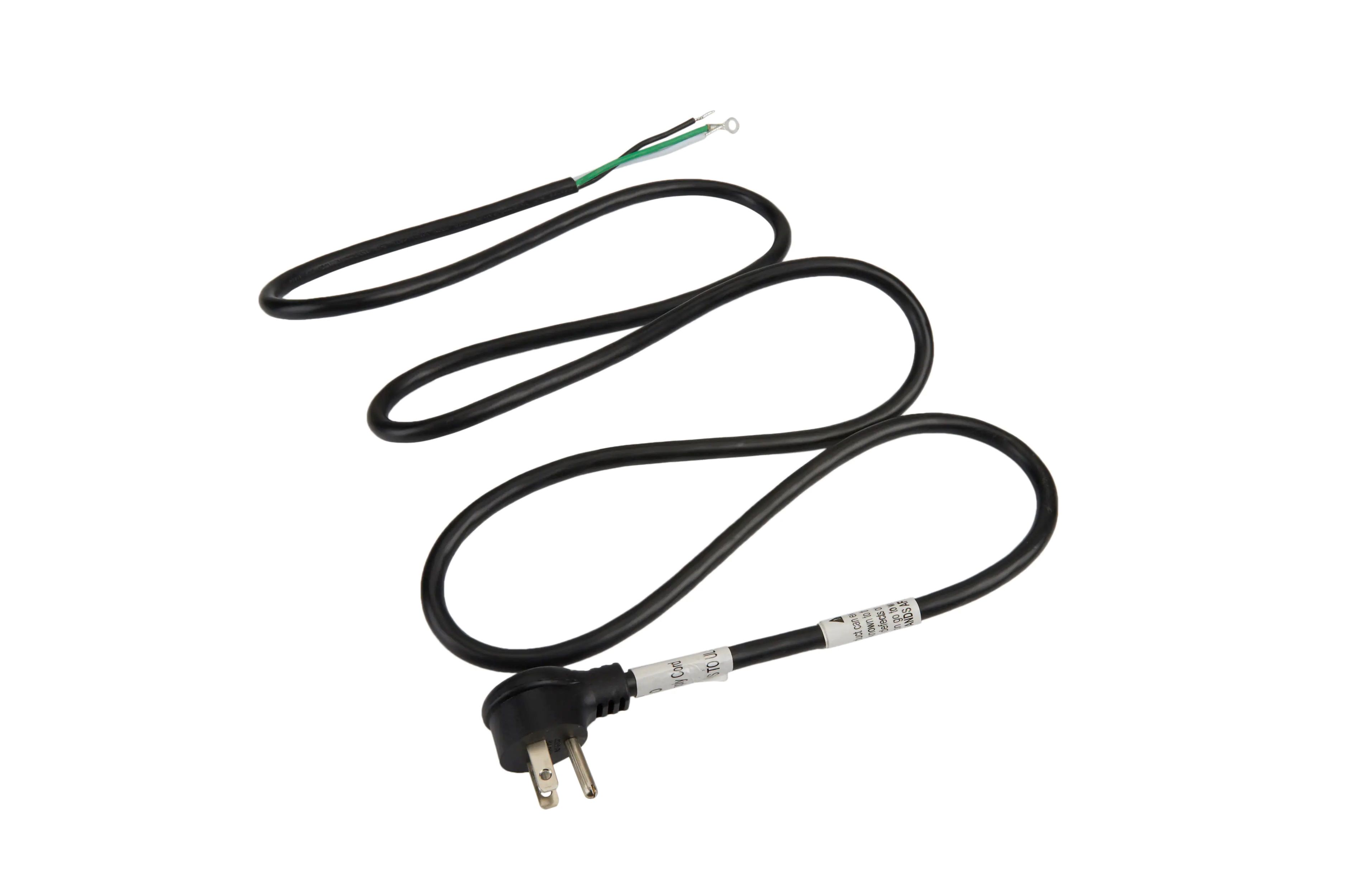

0 thoughts on “When Attaching An Electrical Cord To An Appliance You Must Use A Cord Restraint”